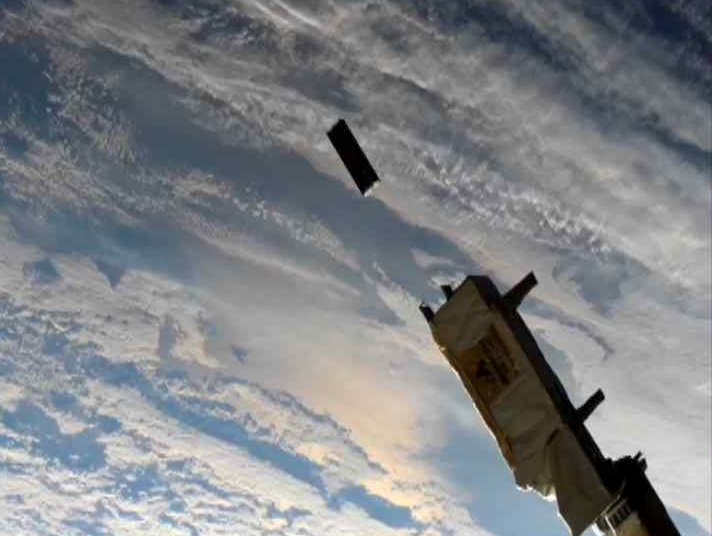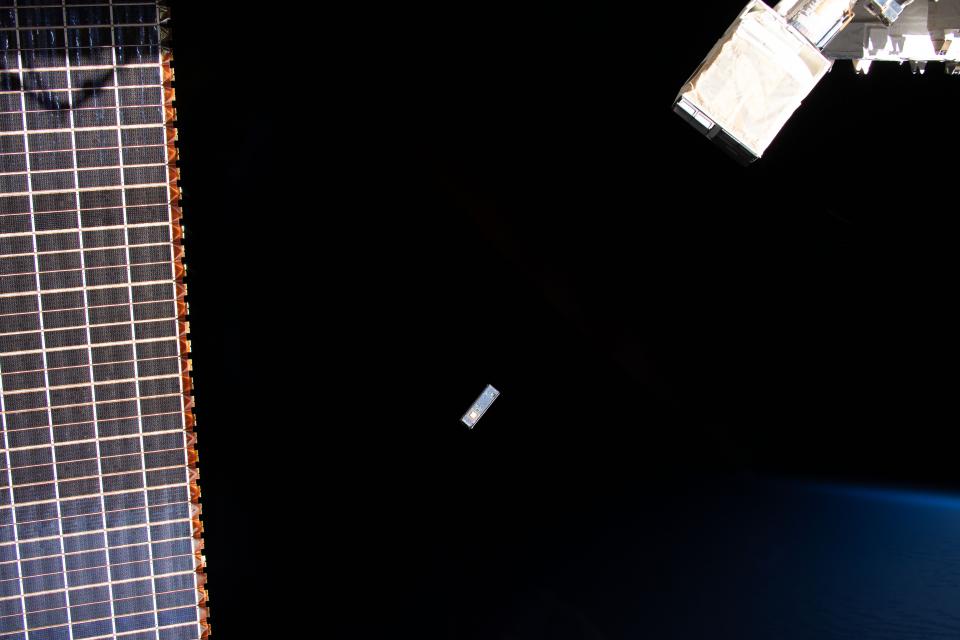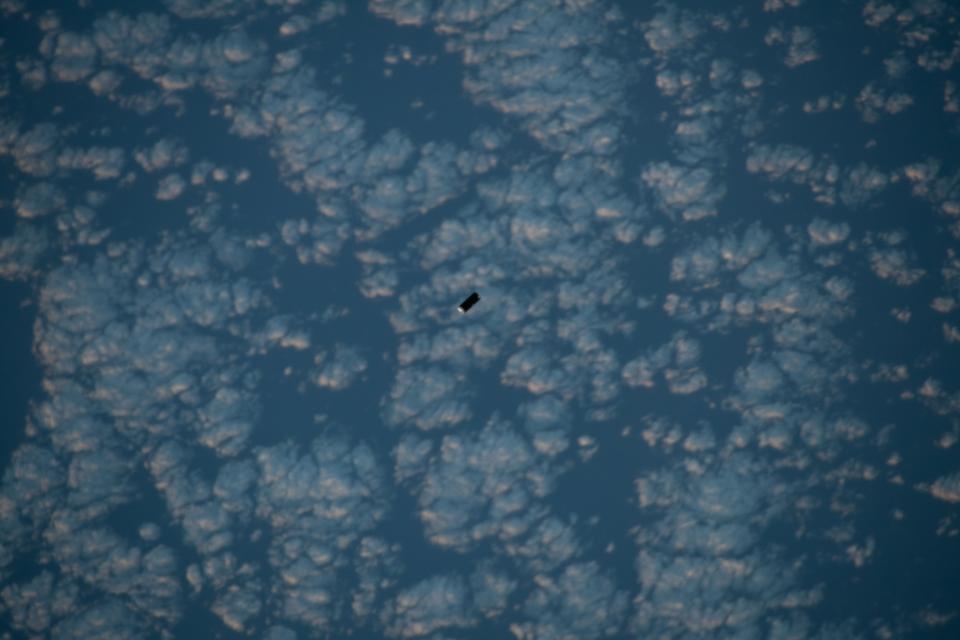Amateur Operations
Phoenix deployed from the ISS on February 19, 2020 at 9:35 UTC (2:35am MST). Due to an in-orbit anomaly, Phoenix’s health beacon is no longer active, and ASU has ceased operations with the spacecraft. As of August 2020, Phoenix was still operational and capable of two-way communication, but difficult to contact. If you are interested in communicating with Phoenix, please refer to the information provided below; however, note that attempts to contact the spacecraft may be unsuccessful.
If attempting to ping the spacecraft, success may be achieved if packets are sent frequently (~2 seconds apart) when the spacecraft is close to max elevation. If Phoenix receives a ping command, it will reply immediately. As such, if you are trying to validate your ground station, it may be more beneficial to reference the SatNOGS Database for currently active CubeSats, many of which have health beacons of their own that you can practice decoding. For any questions, please contact phoenix.cubesat@gmail.com.
Following deployment, Phoenix's TLE was confirmed as NORAD ID: 45258, or international designator 1998-067RB, with the help of the SatNOGS database. Observations of Phoenix from its early days in orbit can be found on SatNOGS under ID #45258 - Phoenix (ASU)
Phoenix Transceiver Characteristics
Hardware Model: GomSpace AX-100
Operating Frequency: 437.35 MHz
Baud rate: 9600 bps
Beacon Interval: 30 seconds
Bandwidth: 20 kHz
Modulation Type: GMSK (Mod Index: 0.5)
Mode: Narrow-FM
Protocol: AX-25 KISS packets with HDLC encapsulation
Encoding: NRZI G3RUH/K9NG scrambled
Spacecraft Callsign: WJ2XOY


